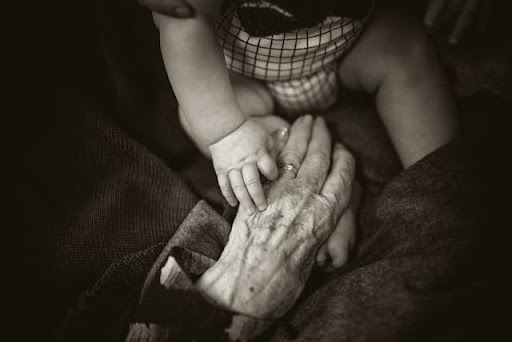As the desire to age in place grows among seniors, it’s crucial for caregivers and families to prioritize safety within the home environment. Whether it’s for a parent, grandparent, or any loved one, creating a safe and comfortable living space is paramount to maintaining independence and well-being.
Below is a home safety checklist tailored for aging in place that addresses key considerations and offers actionable insights for caregivers and families.
Why is Home Safety Important for Aging in Place?
Before diving into the checklist, let’s first understand why home safety is vital for seniors choosing to age in place.
- Maintaining Independence: Aging in place allows seniors to maintain autonomy and familiarity within their own homes. Caregivers can support this independence while mitigating risks with the right safety protocols in place.
- Preventing Accidents: Falls and other accidents are common concerns for seniors. Implementing safety measures can significantly reduce the likelihood of such incidents, promoting overall well-being.
- Peace of Mind: Knowing that the home is safe and secure provides invaluable peace of mind for seniors and their families, allowing everyone to focus on enjoying life to the fullest.
The Home Safety Checklist
In the pursuit of facilitating a secure and comfortable environment for seniors opting to age in place, adhering to a meticulously crafted home safety checklist is critical. Consider the following:
1. Assess the Living Space
- Are pathways clear? To prevent tripping hazards, ensure that hallways, staircases, and other walking areas are free of clutter.
- Is lighting adequate? Install bright, easily accessible lighting throughout the home to enhance visibility, especially in high-traffic areas and staircases.
2. Bathroom Safety
- Are grab bars installed? Install grab bars near the toilet, bathtub, and shower to assist with stability and prevent slips.
- Is there a non-slip mat in the shower? To reduce the risk of falls, place a non-slip mat inside the shower or bathtub.
3. Kitchen Safety
- Are items within reach? Arrange commonly used items within easy reach to minimize the need to reach or bend.
- Are appliances safe to use? Ensure that appliances are in good working condition and easy to operate to prevent accidents.
4. Bedroom Considerations
- Is the bed accessible? Ensure that the bed is at an appropriate height for easy entry and exit.
- Are there nightlights? Install nightlights in the bedroom and hallway to provide illumination during nighttime navigation.
5. Emergency Preparedness
- Are emergency contacts readily available? Keep a list of emergency contacts, including healthcare providers and family members, in a prominent location.
- Is there a medical alert system? Consider investing in one that allows seniors to call for help in case of emergencies.
6. Environmental Hazards
- Are smoke and carbon monoxide detectors functional? Regularly test and replace batteries to ensure they are in working order.
- Is the home properly ventilated? Ensure adequate ventilation to reduce the risk of respiratory issues and improve indoor air quality.
7. Accessibility Features
- Are doorways wide enough for mobility aids? Ensure that doorways are wide enough to accommodate wheelchairs, walkers, or other mobility aids if needed.
- Are there ramps or handrails? Install ramps or handrails as necessary to facilitate safe movement throughout the home.
Aging in place can offer numerous benefits for seniors, but it requires careful attention to home safety. With proactive measures in place, seniors can continue to thrive in the comfort of their own homes for years to come.





